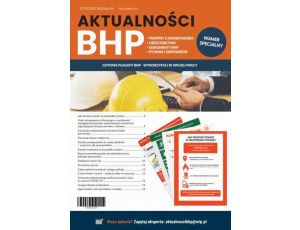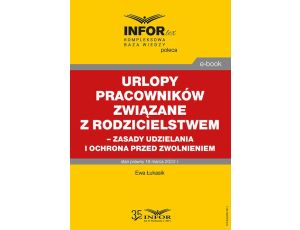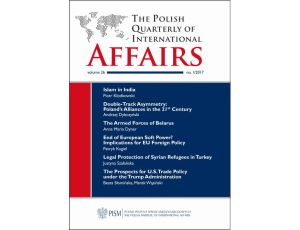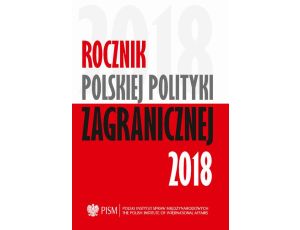Opis produktu
Opinie
Dear Reader,
Central Asia is an ethnically, geographically and culturally diverse region, covering
a similar land mass as the European Union. Yet, it remains one of the least familiar
to the general public in the West. An important region in its own right, located
in a volatile geopolitical area between Russia, China, Afghanistan and Iran, the
five states of Kazakhstan, Kyrgyzstan, Tajikistan, Turkmenistan and Uzbekistan rarely
make headlines in the mainstream media. Owing to this neglect the region has
fallen victim to orientalist clichés, presenting it as a spacious blank steppe dividing
the big players or as a collection of post-Soviet artificial entities devoid of agency
in international relations.
In this issue we seek to confront that trend by showing Central Asian states as
players in the international arena with diverse societies facing different internal and
external dilemmas. While it is true that authoritarian tendencies, poor economic
performance and Islam have been common features uniting the five states, the
reality on the ground is much more complex. In the opening article, Filippo Costa
Buranelli takes on the well-worn new Great Game narrative to show that the exhausted
metaphor has been little more than a misused stereotype simplifying the regional
dynamics in Central Asia. Analysing the region as a whole, Mariya Y. Omelicheva
looks at the unique nation building experiences of Central Asian countries following
the collapse of the Soviet Union and explains how the respective societies have built
their understanding of democracy and its institutions. Taking a similar region-wide
approach, Peter Leonard discusses the pressing issue of water scarcity in Central
Asia engulfed by interstate animosities, competition and diplomatic frictions.
We could not have overlooked the worrying authoritarian tendencies in the region.
In his article about Turkmenistan, Christopher Schwartz anticipates a looming
humanitarian catastrophe which may follow the current economic crises facing
one of the world’s most repressive regimes. Anna Cieślewska explains how the increasingly
authoritarian regime in Tajikistan is using anti-religion laws and rhetoric
to tighten its control over the population.
At the end of the issue, we have prepared a special section in memory of the
40th anniversary of Charter 77 – a human rights initiative by Czechoslovak opposition
groups. In this section we look at the legacy of the endeavour for Polish-Czech
relations as well as the characteristics of both societies across generations.
Lastly, we encourage all of our readers to visit our new web site where print and
online subscribers have access to all the material from this issue as well as our entire
digital archive. We also would like to take this opportunity to wish you a happy
and peaceful holiday season.
The Editors
Cechy
| Rodzaj: | eprasa |
| Format pliku: |
|
| Autor: | Praca zbiorowa |
| Język publikacji: | angielski |
| Rok wydania: | 2017 |
| Liczba stron: | 188 |











